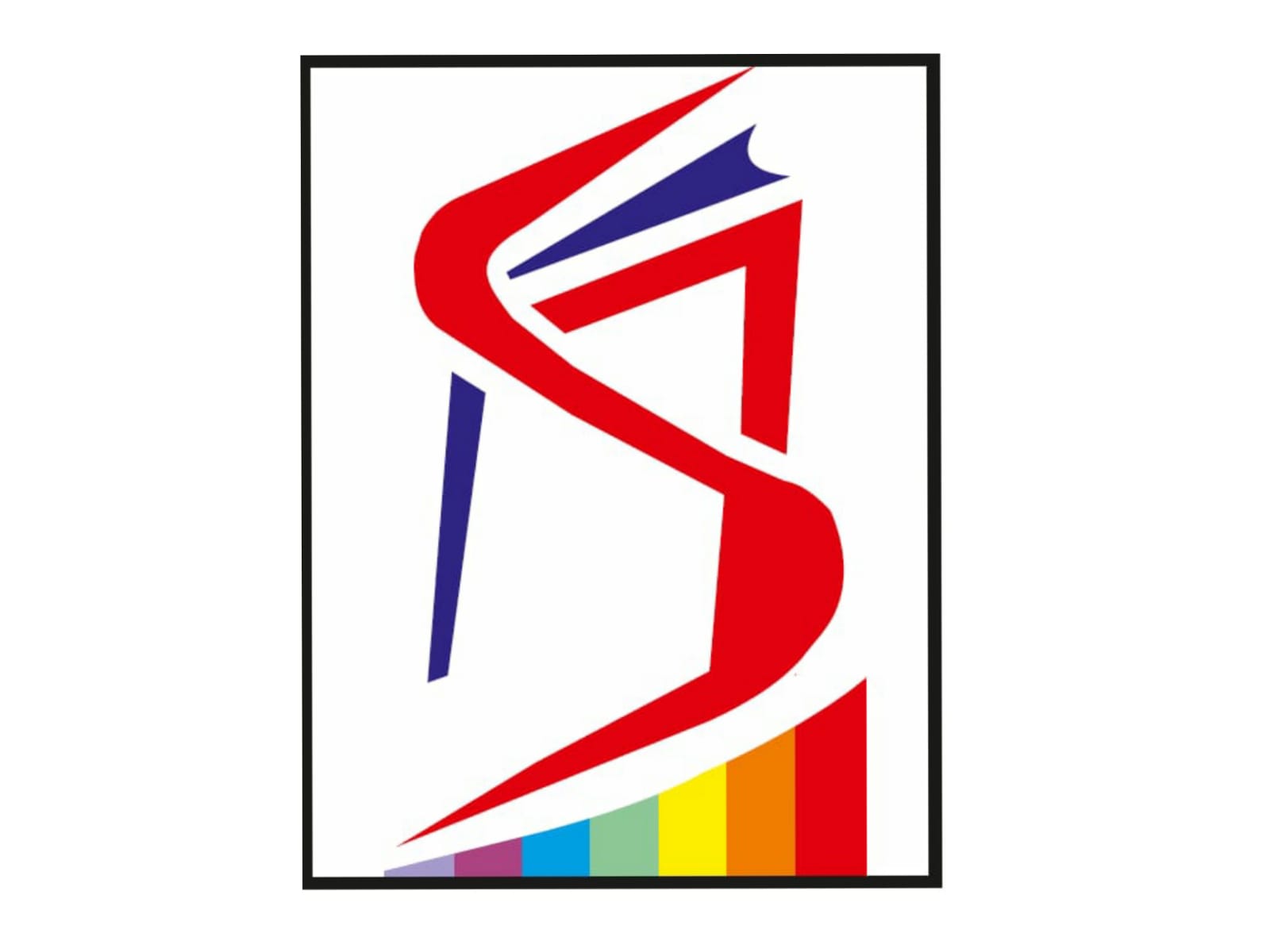Urban Development Related Bodies
Delhi Development Authority
The Delhi Development Authority, a statutory body, was created in 1957 under the provisions of the Delhi Development Act 1957, to promote and secure the development of Delhi.
The authority is constituted of a chairman (the Lieutenant governor of NCT is ex-officio chairman), a vice-chairman appointed by the central government, a finance and accounts member, a engineer, two elected represen-tatives of Municipal Corporation of Delhi, three representatives of the legislative assembly of the NCT, and three other members nominated by the central government.
The goal of the authority is to promote and secure the development of Delhi according to plan and for that purpose the authority have the power to acquire, hold, manage and dispose of land and other property, to carry out building, engineering, mining and other operations, to execute works in connection with supply of water and electricity, disposal of sewage and other services and amenities and generally to do anything necessary or expedient for purposes of such development.
Delhi Urban Art Commission
Delhi Urban Art Commission (DUAC) is a statutory body established under the Delhi Urban Art Commission Act, 1973 to advise the Government of India in the matter of preserving, developing and maintaining the aesthetic quality of urban and environmental design within Delhi and to provide advice and guidance to any local body in respect of any project of building operations or engineering operations or any development proposal which affects or is like to affect the skyline or the aesthetic quality of the surroundings or any public amenity provided in it.
The major activities of the commission range over many issues. The new metro lines and the Commonwealth Games projects, and extensions to existing institutions, were examined in the context of the underlying ecology and of historic neighbourhoods. The commission has been organising workshops from time to time on important issues concerning the capital city.
The commission which was reconstituted in June 2011 took significant steps to streamline the existing procedures and expedite the time taken for consideration of proposals. One such primary assignment undertaken by the commission was drawing a list of criteria which play a significant role relating to aesthetics of public buildings. Based on these criteria the proforma for reference of proposals to the commission was modified. Once an undertaking is given through the proforma by the project proponent/architect, minimal time is taken by the commission for consideration of the proposal. The streamlining of the procedure has helped in significant reduction in the consideration time in respect of proposals referred to the commission. Another important area where the commission has issued broad guidelines to acknowledge the contribution of architect, engineers, etc., to public buildings is insisting on provision of a plaque in all existing and proposed public buildings indicating the name of the architect, engineer, owner, etc
https://spectrumbooksonline.in/product/indian-polity/
https://spectrumbooksonline.in/product/indian-polity-hindi/
